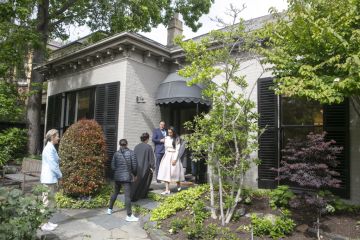Four works to see at the Picasso Century exhibition at the NGV
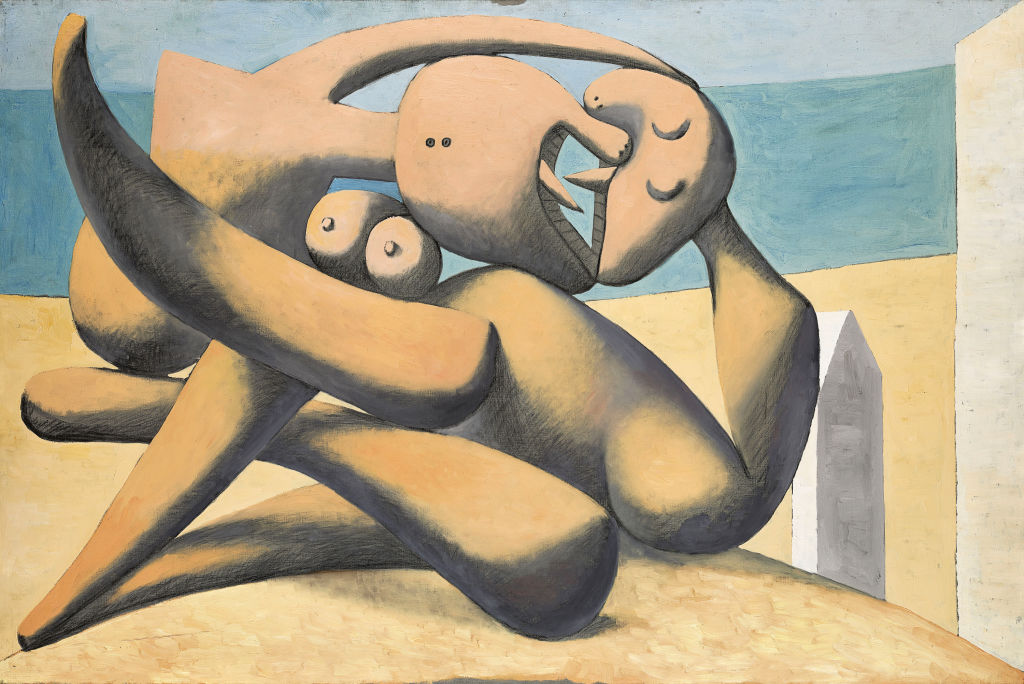
The Picasso Century exhibition makes its world premiere at the NGV this winter, celebrating the iconic works of 20th-century artist Pablo Picasso. The Spanish-born and Paris-based artist, who died in 1973, was at his creative best when hanging with his peers – poets and intellectuals who fed his appetite for art. From his blue period to cubism and surrealism, more than 80 artworks by Pablo Picasso will be showcased from June 10, alongside 100 more by 60 of his contemporaries.
NGV Curator Miranda Wallace shared some insight into the key works on show with Jane Rocca.
Marie Laurencin, Apollinaire and his friends (2nd version) 1909
This landscape painting in autumnal colours by Marie Laurencin sees her in the picture painted as the brightest figure in a blue dress. In the centre is poet Apollinaire, an extraordinary figure who met Picasso in 1905. He was a magnetic character and captured the imagination of many artists in Paris all living in the bohemian Montmartre district. Picasso is pictured here – he has an intense dark gaze from behind. His partner is the woman second on the left. Poet Gertrude Stein is also in this painting. Apollinaire died from the Spanish flu in 1918 – a huge blow for these artists. It makes us realise Picasso wasn’t always the big star – he was in the shadow of this poet in the early 20th century.
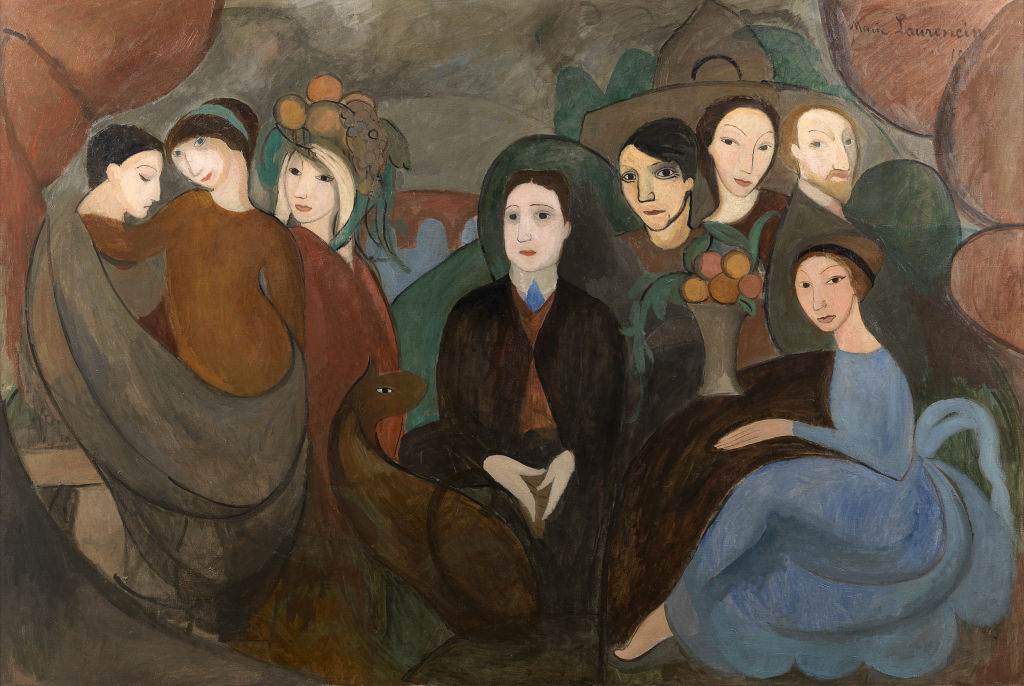
Pablo Picasso, Portrait of Olga in an armchair spring 1918
This was painted in 1918, a portrait of a woman on an armchair. It is sketched in with paint and looks unfinished. Picasso had already embarked on his cubist adventure by this point in his career. Here he returned to a neoclassical style just after WWI. The war had been a huge rupture as many of his artist friends had to fight. This is a painting of his first wife, Olga Khokhlova, whom he married in 1918. She danced with the Ballet Russes and was from an affluent Russian family who lost all their money in the revolution. At this point in his life, Picasso became more commercially accepted and he lived in a new part of Paris, Montparnasse, in a new bourgeoise social world.
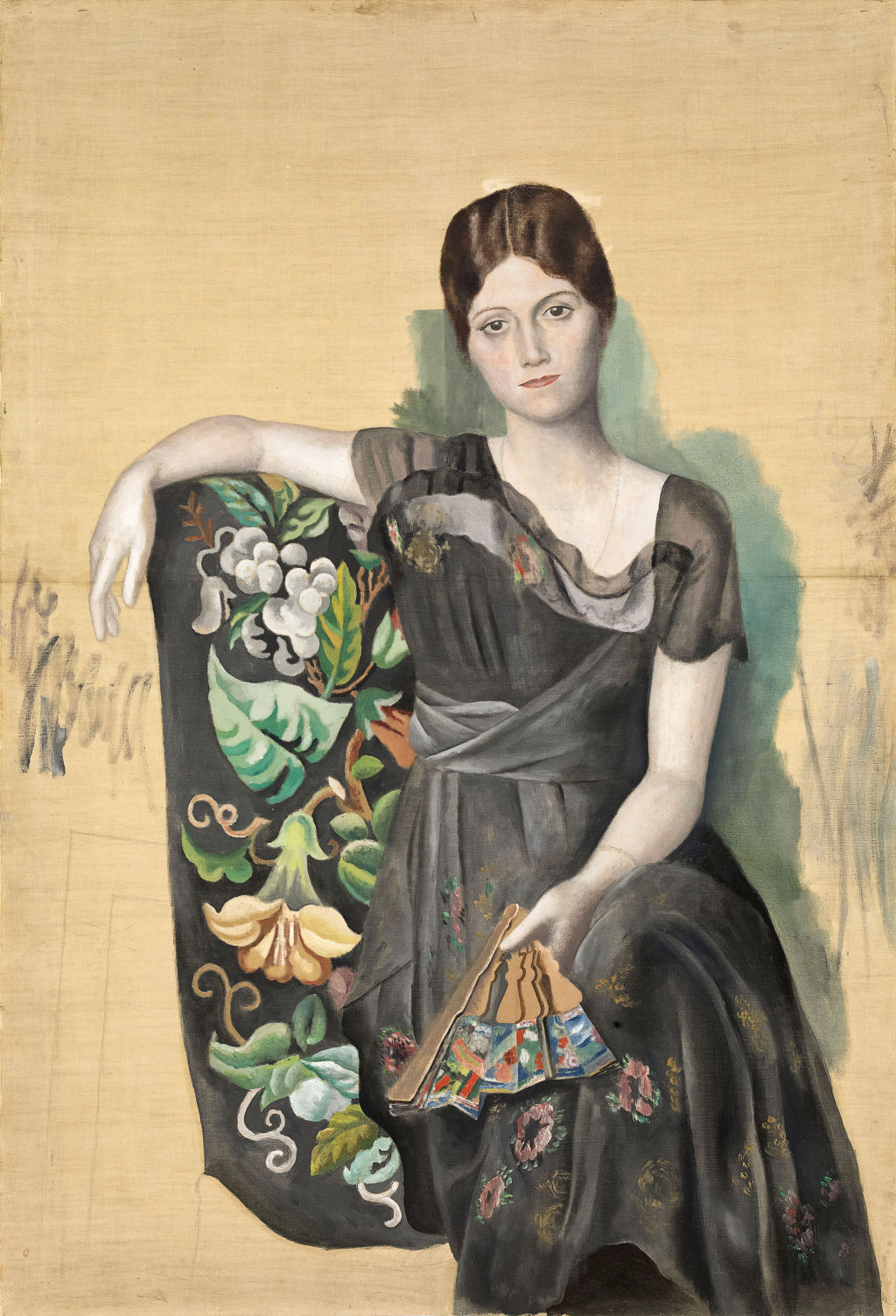
Pablo Picasso, Portrait of a woman 1938
By 1938 Picasso was 57, the Spanish Civil War was happening and he had painted one of his best-known works, Guernica, a year earlier. This painting is from a period when his relationship with photographer and poet Dora Maar was solid. She was an intellectual and political artist and they had a great rapport – she was also the sitter for The Weeping Woman. Her presence in this painting is quite extraordinary. She embodied the same interests Picasso had from the personal to politics and surrealist ideas of the unconscious.
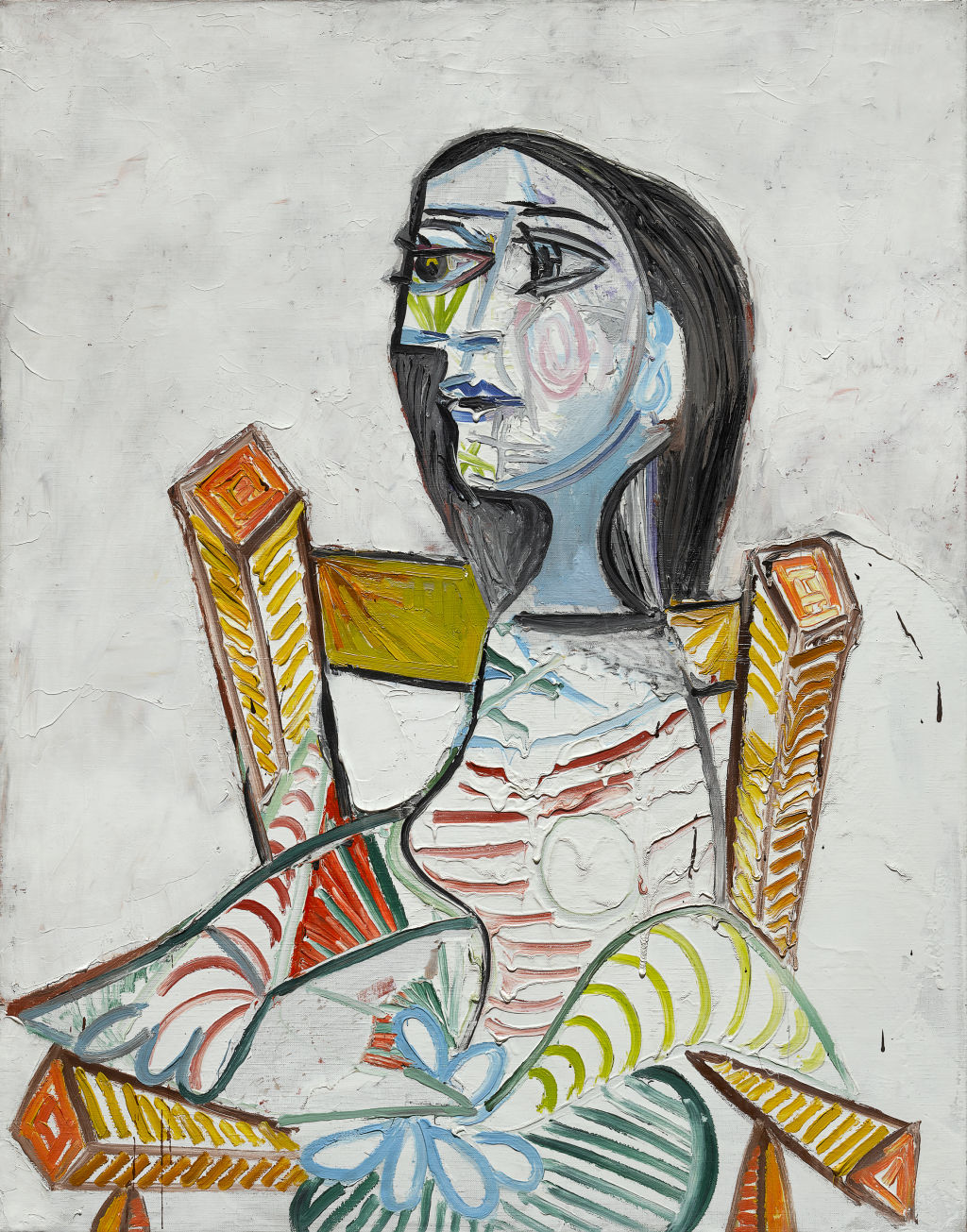
Wifredo Lam, Untitled 1942
Cuban artist Wifredo Lam met Picasso in 1938. He had long admired his work from afar and thought Picasso had done interesting things with African art and wanted to learn more from him. They both had an interest in surrealism – Picasso was aligned with the movement, but didn’t formally join it. The art world opened up internationally for Picasso at this time and many artists moved from Europe to the USA. This reclining nude shows a woman who is sleeping. Her limbs are arranged in different ways, and you can’t tell what part is what. It’s a reference to, and inspired by, Picasso’s nudes of the early ’30s.
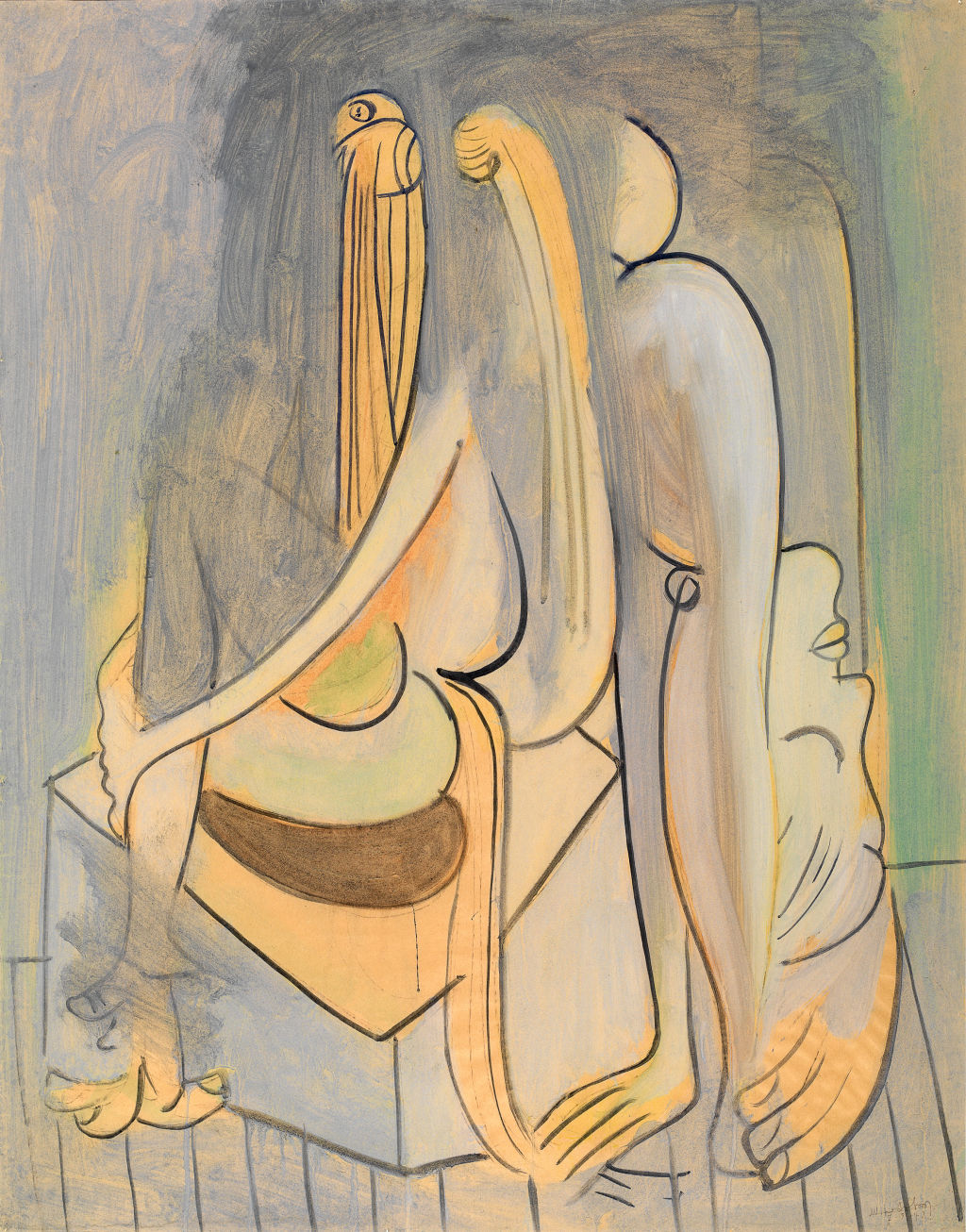
We recommend
We thought you might like
States
Capital Cities
Capital Cities - Rentals
Popular Areas
Allhomes
More

